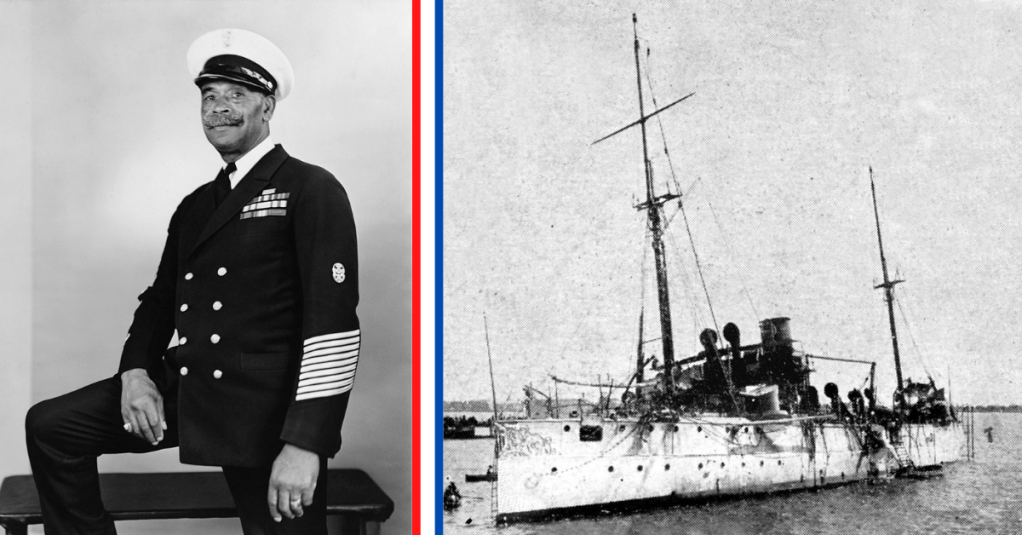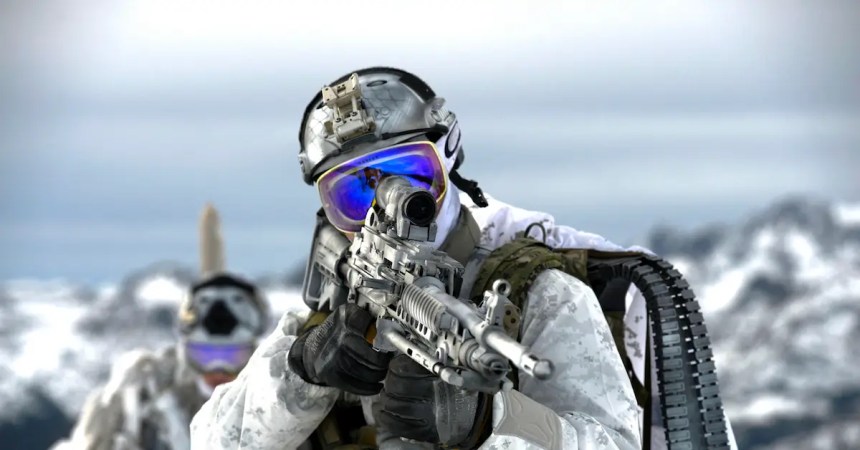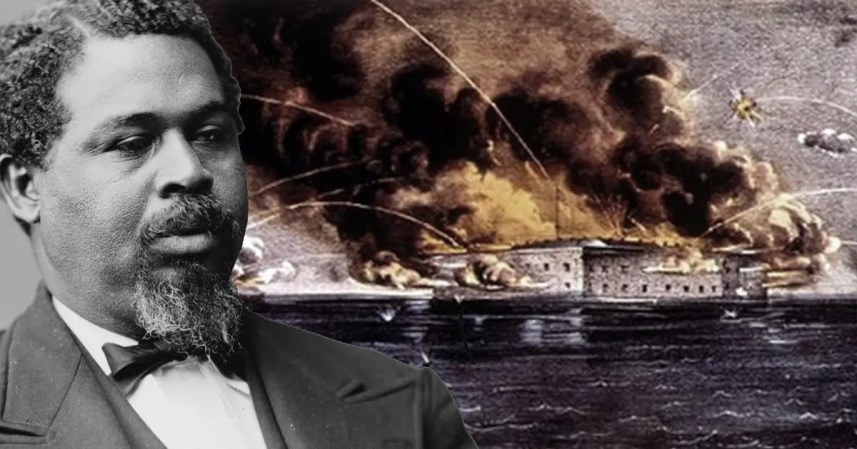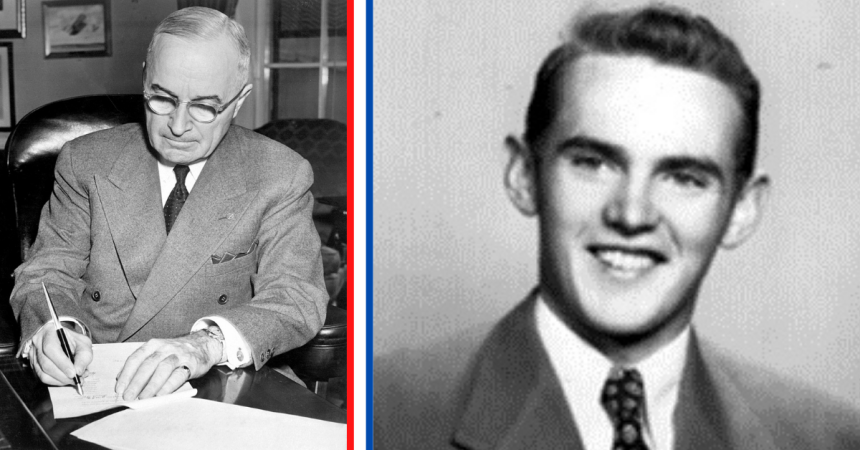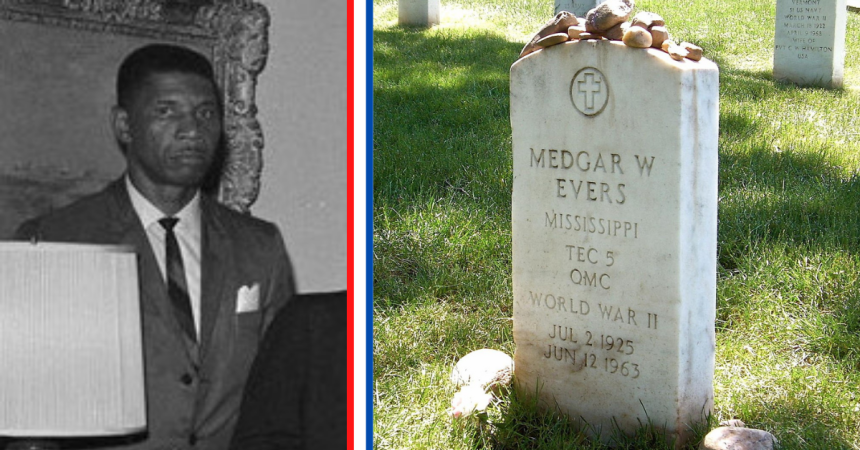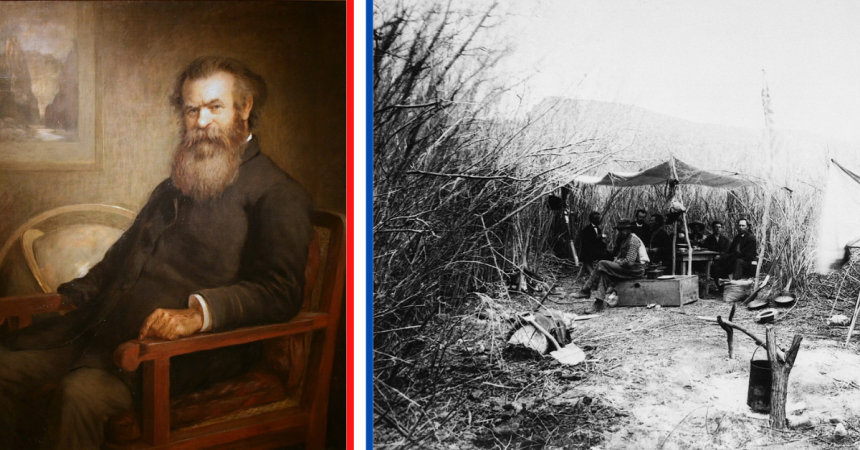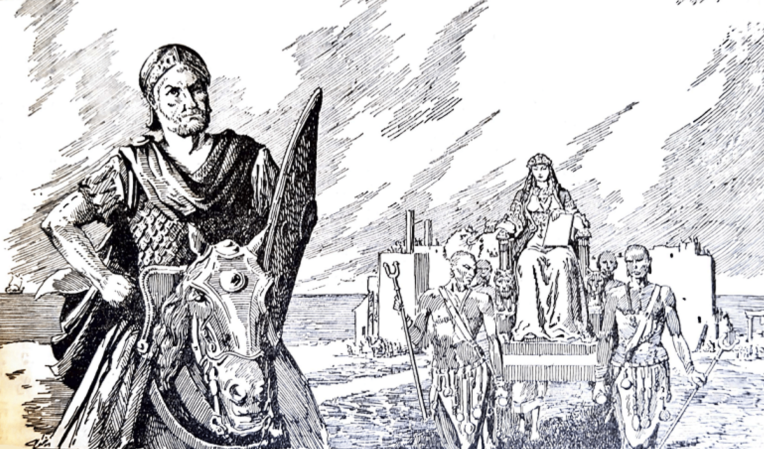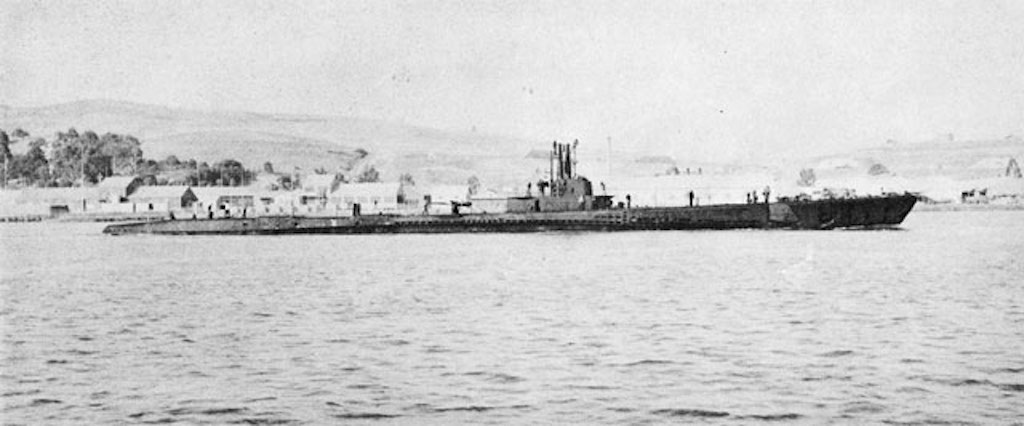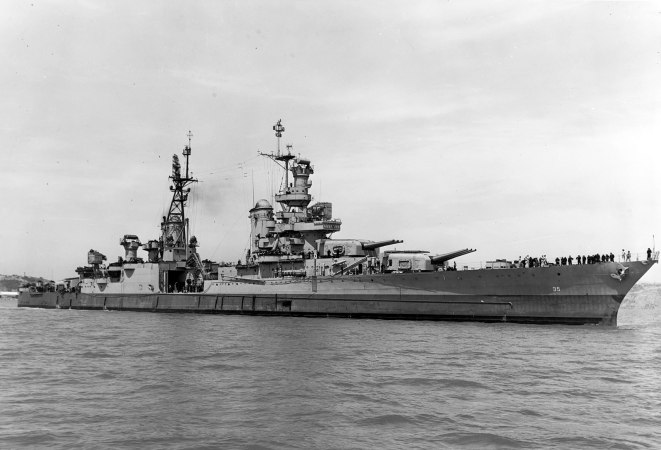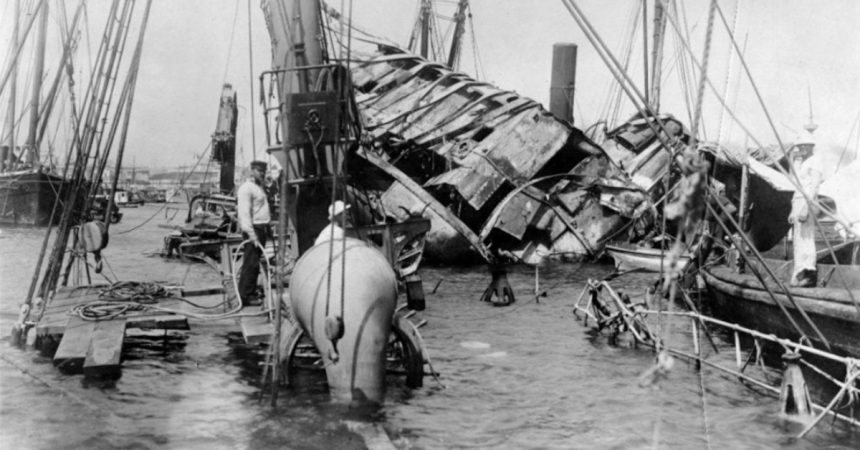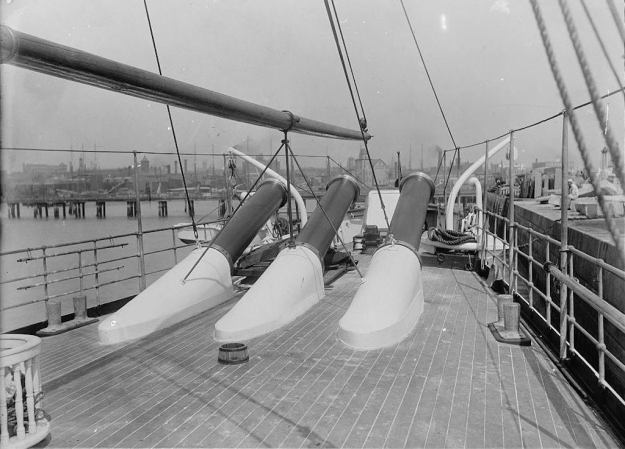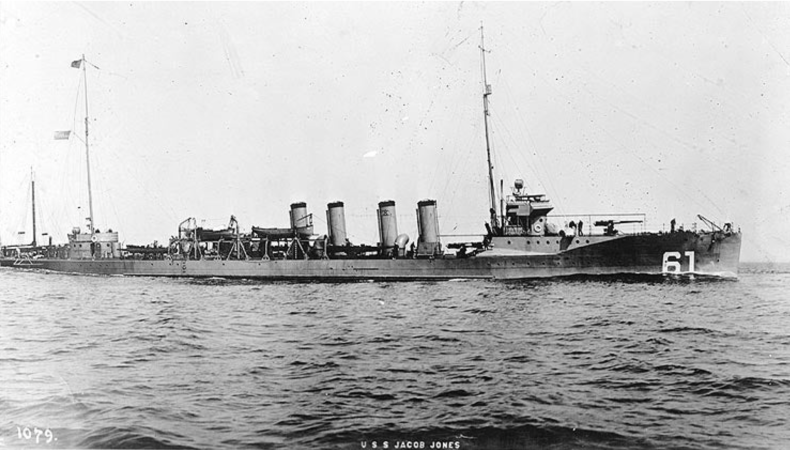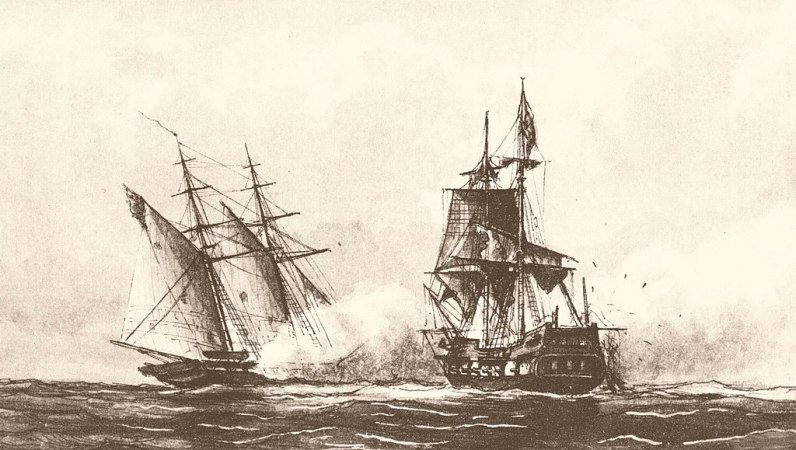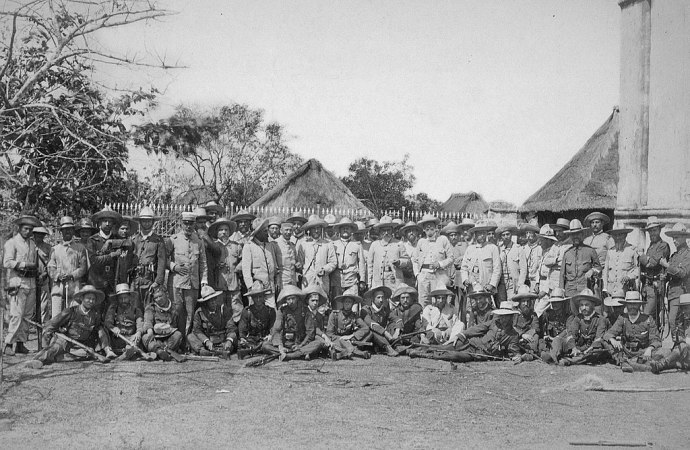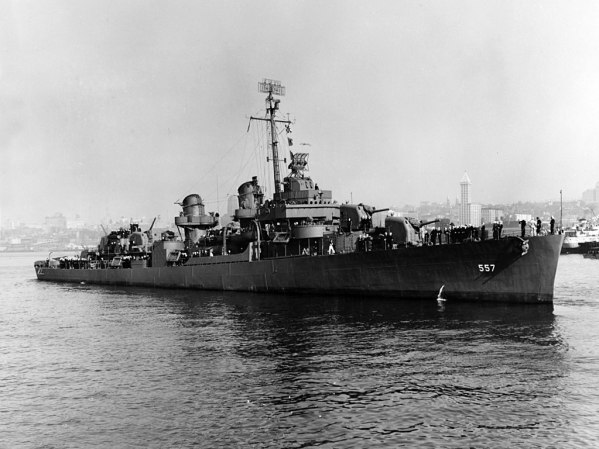“Remember the Maine” became the public call to arms that led the United States into war with Spain, the capture of the Philippines, Guam and Puerto Rico, and a more modern way for the Navy to use the United States Marine Corps. It comes from the catalyst for that war in the minds of the American public: the USS Maine, which exploded in Spanish-controlled Havana harbor.
The Maine was an armored cruiser, first launched in 1889 and was sent to Cuba to protect American interests in Cuba, which was fighting a war against Spain for its independence. On February 15, 1898, the ship suddenly exploded in the harbor, killing all but 94 of the vessel’s 365 crew members.
Among them was John Henry Turpin, a Black sailor working as a mess attendant. He’d only been in the Navy for two years by the time the Maine exploded. The explosion and its aftermath forever changed the United States, the Navy, and Turpin himself.
When the Maine exploded, most of the crew were asleep aboard the ship. The brunt of the casualties were the enlisted personnel, who were sleeping in the aft section of the ship, where the explosion occurred. At first, no one really knew exactly what happened. President William McKinley was woken up in the middle of the night and told it was an accident, which many in the Navy believed. A board of inquiry, however, determined that the ship had struck a mine in Havana harbor, which certainly meant war with Spain would soon be declared.

Turpin was in the forward section of the Maine, in the pantry of the wardroom, where the ship’s officers ate when the explosion occurred. He said he felt the vessel heave and lift before everything happened. He managed to escape from the pantry and climb up to the deck. Once out of the inner workings of the ship, he dove off the side to escape and was rescued by a motorboat.
While the U.S. was going to war, Turpin stayed in the Navy. His career between 1898 and 1905 isn’t exactly clear, but records show he was aboard the USS Ranger while it was based in San Diego. In 1905, he was transferred to the USS Bennington, a gunboat patrolling the coast of San Diego. Later that year, Bennington also suffered an explosion. This time the culprit was a ship’s boiler that killed more than half of its crew.
In the aftermath of the explosion, Turpin rescued 15 of his fellow sailors by swimming them to shore one by one. He was then transferred to the Naval Shipyard at Mare Island, where he put his swimming abilities to work and became a diver. By 1915, he was working with submarines in Hawaii, and was named the Navy’s first Black master diver.
His service as a master diver only lasted a year before he retired from the Navy in 1916. He was recalled when the United States entered World War I, given the rating of chief gunner’s mate, serving aboard the USS Marblehead as it patrolled the waters around California, Mexico, and the Caribbean Sea. Even after the war ended, Turpin stayed in the Naval Reserve. He retired in 1925, but he was far from done.
He continued working for the Navy as a civilian, continuing his work as a master diver. When World War II came around, he tried to reenlist, but was turned away because he was 65 years old at the time. He still made visits to other Black sailors during the war, as a morale booster.
John Henry Turpin died in 1965 after becoming the Navy’s first Black master diver, one of its first chief petty officers, and the boxing instructor at the U.S. Naval Academy – a big deal to the Navy at the time.

